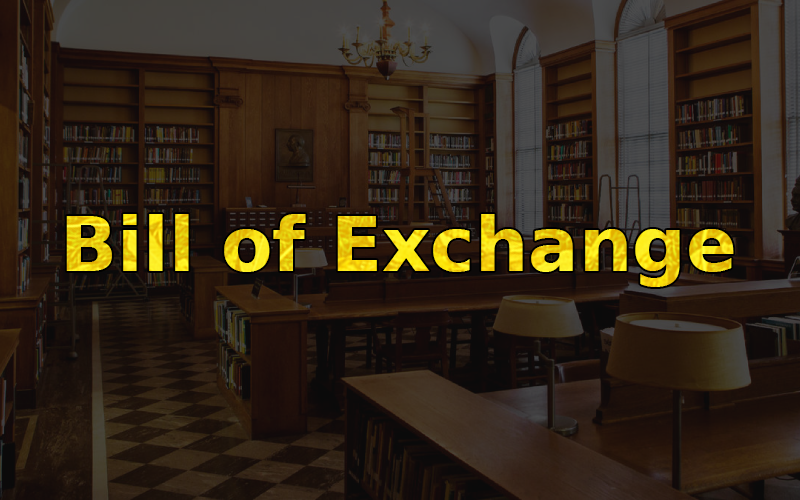Bill of Exchange
Candlefocus Editor
Typically, a bill of exchange lists three distinct parties: the drawee is the individual or entity committed to pay a specified sum of money to the payee, while the drawer is promising to oblige the drawee to pay the payee. The payee, in turn, is expected to accept the payment from the drawee. Accordingly, the drawee will make the payment to the payee on the date that is stipulated in the bill of exchange.
Apart from the aforementioned individuals and parties, a bill of exchange can also describe the terms of a transaction, such as the amount and maturity date of payment, along with the rate of accrued interest and the timing of the payment. This degree of specificity helps ensure that all parties involved eyes are wide open and that each understands the extent of their duties to the other (or parties). In some cases, a bill of exchange can also be used to settle the bill in person.
In summary, a bill of exchange is a binding document that lists the parties involved in a transaction, outlines the obligations of each party, and serves as a reminder of payment that is due. Because of its ability to lend clarity and security to a transaction, bills of exchange are often used when importing or exporting goods and services, particularly where goods are of high value and the transaction needs to be tracked in order to be certain that payment is made.
